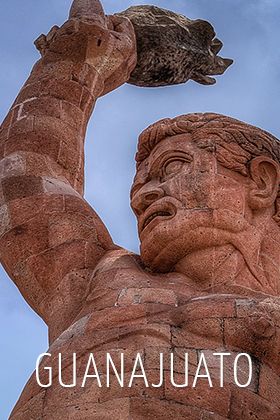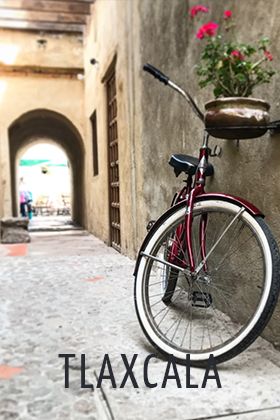Alhondiga de Granaditas
by: Travel by México

Alhondiga de Granaditas
by: Travel by México
This large building was originally a warehouse and wholesale marketplace that was built in the early 19th century.
In 1810, the royalist forces and the Spaniards took refuge here from the attack of the forces that were under the command of Miguel Hidalgo and Costilla. But the revolutionaries succeeded in entering and they took the fort. In fact, the figure of a miner that they called "The Pipila" was essential in this battle, because he himself set fire to the door and entered, protected by a large stone, helping his comrades to get in. In this fight many died including the one who built the Alhondiga, the mayor Juan Antonio Riaño y Barcena.
This place was in the hands of the insurgents until after the battle of Aculco, when Allende decided to leave Guanajuato, and the city was without any authority and the prisoners were released.
In 1811, several leaders of Independence were killed and decapitated, and the heads of Aldama, Allende, Mariano Jimenez and the very Hidalgo were hung in every corner of the Alhondiga to show to all the "no Spanish" rebels what might happen to them.
After the war, the building was converted into a tobacco warehouse and military barracks, until September 1864 when Maximiliano de Habsurgo converted it into a prison.
In 1949, the building became the Museum of the Alhondiga de Granaditas, and nine years later into the Regional Museum.
It has 18 exhibit halls (15 permanent and 3 for temporary exhibitions), and a collection of more than nine thousand objects of historical and cultural value.
It is in a neoclassical style with quarry and masonry, and its facade is approximately 70 meters long.
It is located at 6 Mendizabal Street downtown, and it is open Tuesday to Saturday from 10:00 to 2:00 and from 4:00 to 6:00. Admission is $30 pesos with discounts for students, teachers and senior citizens.



















